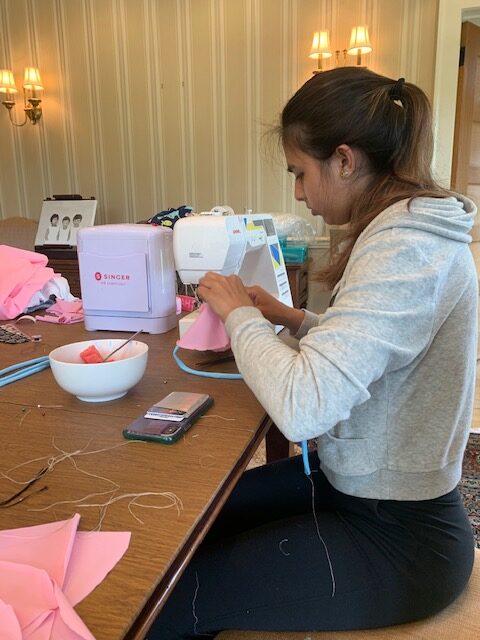New Leaders: Prepare for Your Journey
Part 1: Building Relationships

Have you accepted a new leadership opportunity? There are probably many feelings running through you right now: excitement, worry, joy, overwhelm and so much more on any given day and even in any given minute. Having been a new leader and new to school communities many times over, I have learned from my mistakes and from the things that worked well. The way you enter a community and begin your journey as a leader is important. This should be intentional work that is thoughtfully carried out with the purpose of learning about the community you are entering and making connections.
Building Relationships is at the core of introducing yourself to a community and a key way for you to get to know a community. This is time well spent even if it takes the entire year. Meeting one on one with your direct reports as you enter your school community is an essential first step.











